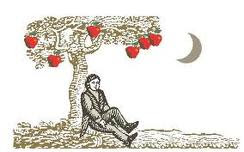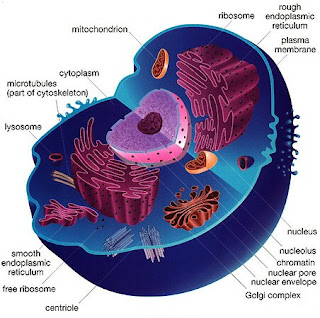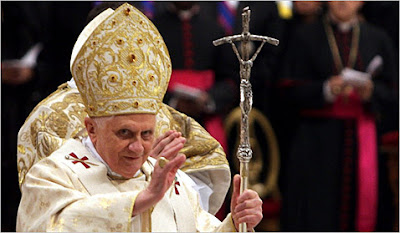Bangladesh break Afghan cricket dreams at Asian Games

Bangladesh's cricketers won their country its first-ever gold medal in the Asian Games by beating Afghanistan in a thrilling final in Guangzhou. In a see-saw match that attracted a crowd of 2000, 19-year-old Shabbir Rahman smashed two sixes in the penultimate over to decisively swing the match Bangladesh's way and dash Afghan hopes of a gold. A day after upsetting fancied Pakistan in the semi-finals, Afghanistan looked set for a hammering when they slid to 66 for 6 in the 13th over on choosing to bat. Youngsters Asghar Stanikzai (38*) and Shabir Noori (25) then gave Afghanistan's chances a boost with a stabilising stand that left Bangladesh needing 120 for victory. Ashraful bold out Bangladesh almost made a mess of what should have been a straightforward chase, losing five wickets, including that of their experienced captain Mohammad Ashraful, for 75. Afghanistan were scenting another famous win but w












